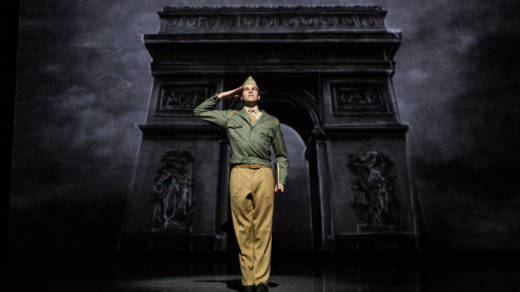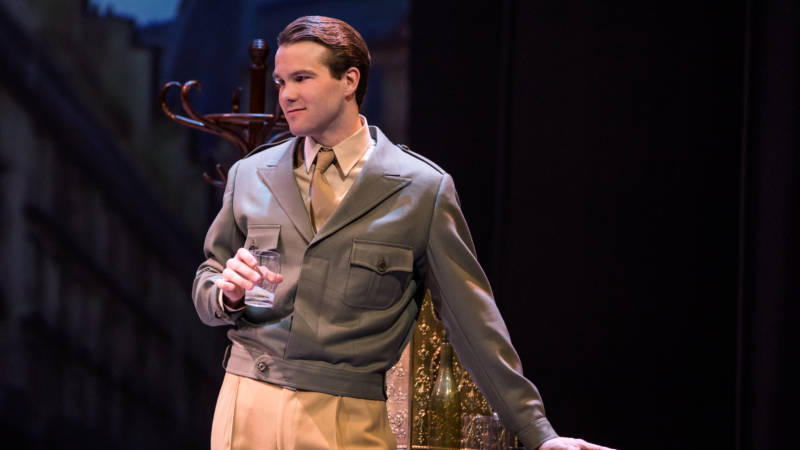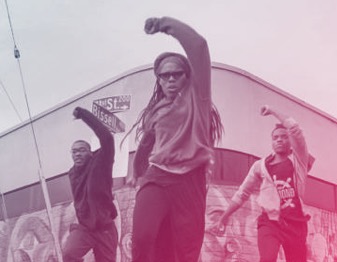To live and die for dreaminess and glamour is the inherent promise of An American in Paris. That’s evident in both Vincent Minnelli’s 1951 film starring Gene Kelly with a George Gershwin score, and choreographer and director Christopher Wheeldon’s hit 2014 Broadway adaption, currently playing at San Francisco’s Orpheum Theatre.
Yet that promise is compromised in the musical by anxiety, pain, and a dawning belief that the world that we yearn for, the people we fall madly in love with, might just drift out of reach. And it suggests that our fantasies might be no more than a nasty, taunting illusion to everything we hold dear.
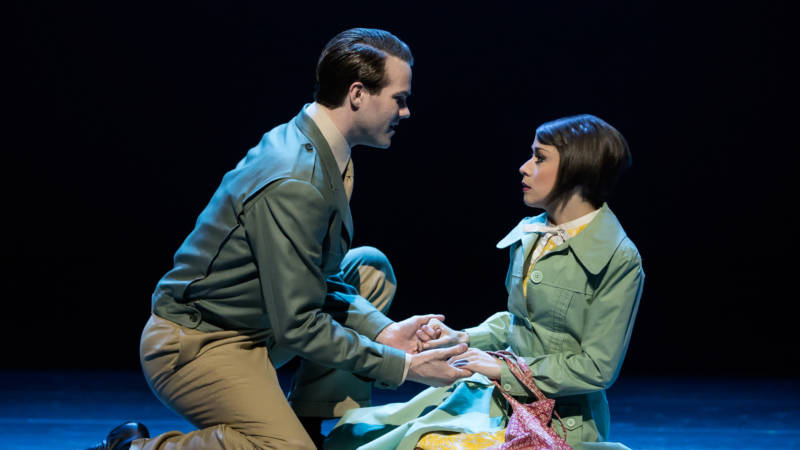
And so the musical asks us to acknowledge that our lead — the painter and American of the title Jerry Mulligan — is not just navigating the trails and tribulations of love, but of the past war as well. The same is true of the supporting characters: Mulligan’s friend and fellow American, pianist-composer Arthur Hochberg; local scion and wannabe cabaret star Henri Baurel, and the love of their lives, Lise Dassin, a dancer suffering from a mysterious past and many injustices.
However, unlike the supporting characters, Mulligan’s anguish seems tacked-on, more character window-dressing than actual feeling. When he speaks of the ravages of war, you never believe that he knows what he’s talking about, or that he’s actually experiencing any pain. And pain, strangely enough, is the fuel this musical relies on.
Wheeldon and librettist Craig Lucas make an interesting narrative bet: just how much are we willing to pay for the sweetness of a dream? I would say a lot, but much of it depends on the nature of the dream and how it’s assembled. Coming from the world of ballet, Wheeldon places an inordinate amount of faith in dance to resolve the emotional conflicts that haunt these characters.
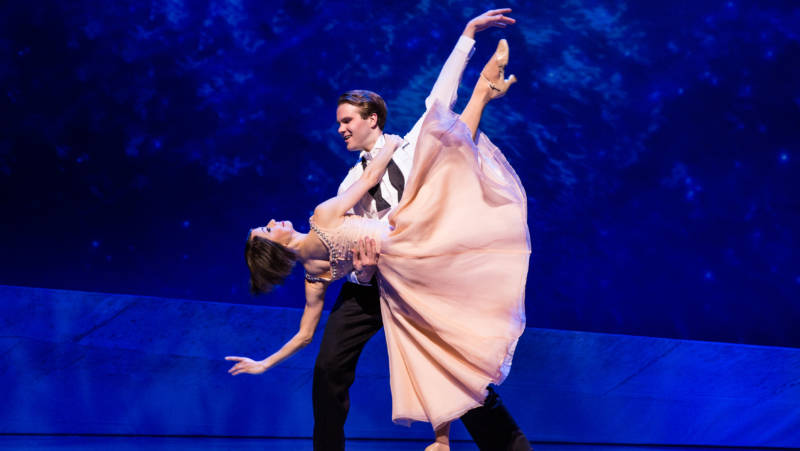
When Mulligan chases down Dassin at the department store where she works, it is his dancing — not what he says or sings — that proves irresistible. And it is dancing that transforms the stage into a colorful explosion of light and movement, a gigantic flower literally bursting open above the frenzy of human tumult beneath it. It’s the type of glorious surrealism that 1950s MGM musicals produced with ease, and the experience of seeing Wheeldon take that aesthetic from the sound stage to the live stage is a pleasure.
